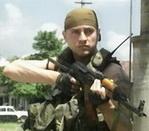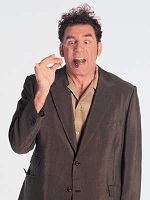|
|
Ukupno su 1095 korisnika na forumu :: 103 registrovanih, 7 sakrivenih i 985 gosta :: [ Administrator ] [ Supermoderator ] [ Moderator ] :: Detaljnije Najviše korisnika na forumu ikad bilo je 3195 - dana 09 Nov 2023 14:47 - Korisnici koji su trenutno na forumu:
- Korisnici trenutno na forumu: 015, 100jan, A.R.Chafee.Jr., ajo baba, AleksandarFKS, amadeus, Ba4e, bilisrbija, Blagutin, bojank, bojcistv, Boris BM, Boris.A, BORUTUS, Bozjidar87, Brana01, ccoogg123, Cirkon, cuvarkuca, cvrle312, d.arsenal321, Daba75, darkkran, debeli, Dekanovic, deks, delboy, Dragan7777, dragan_mig31, Dzoni70, Electron, FOX, franina, Frunze, gale48, GH69, goran.vvv, goxin, Imperator_Aleksandr_lll, Jakonjveliki, joca83, jodzula, Jose, Jovan1983, KimiMR, Kobrim, Koce, kolle.the.kid, Kontrausluga, Kototamopeva, Kruger, Kubovac, lord sir giga, Luka1891, Luke Pathfinder, M74AB3, MakiMaki02, markomacii9, mercedesamg, Miki 24pbr, Milan Miscevic, milanovic, milutin134, MiroslavD, Mis uz pusku, mishkooo, Miškić, museum, naki011, nekdo, nick79, novator, opt1, Papadubi, pein, Pilipenda, Prečanin30, PrincipL, proka89, RajkoB, rodoljub, royst33, SamostalniReferent, Shajlok, Simulink11000, skylab1111, srpskasparta, suton, Timočka Divizija, Toper, Tribal, Tvrtko I, US_Rank_0, Vanderx, Velizar Laro, Volkcho, W123, wizzardone, zeka013, Zeljo980, zile.obr, Zoran1959, Zrcalo
|





















